Ask Ethan #55: Could a Manned Mission to Mars Abort?
If something went horribly wrong, could you possibly return to Earth?
Image credit: ISRO.
“I sometimes catch myself looking up at the Moon, remembering the changes of fortune in our long voyage, thinking of the thousands of people who worked to bring the three of us home. I look up at the moon and wonder, when will we be going back, and who will that be?” –Tom Hanks
There are few ideas that excite our imaginations quite like journeying past the Earthly bonds of gravity, and out into the Universe to the planets and stars in the great beyond. You’ve been sending in your questions and suggestions as you always do, and this week, I’m pleased to turn to a submissions we’ve recently received from Joan, who asks:
Could Mars One turn back en route if they had regrets? Reality would set in seeing [our] beautiful blue planet get smaller while they head towards a dead toxic planet or if radiation/solar winds [were] to wildly [exceed] safe levels.
Imagine it: you’ve been chosen for the journey of a lifetime, and find you’ll be one of the first crew members on the first manned mission to Mars!
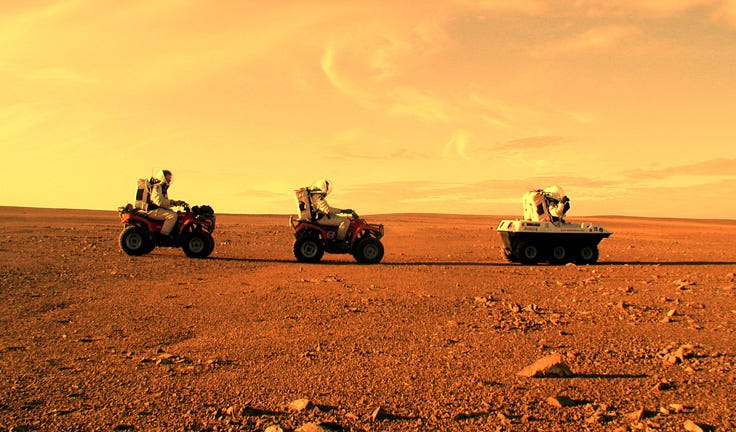
No humans have ever traveled farther away from Earth than the crew of Apollo 13 did, as they circled around the far side of the Moon close to lunar apogee, achieving a maximum distance of 400,171 km above the Earth’s surface on April 15, 1970. But when the first manned spaceflight to another planet occurs, that record will be shattered, and in a mere matter of days.

The way we currently reach other worlds with our present technology — or any remote location in the Universe — involves three distinct stages:
- The initial launch, which overcomes the Earth’s gravitational binding energy and starts our spacecraft off with a reasonably large (on the order of a few km/s) velocity relative to the Earth’s motion around the Sun.
- On-board course corrections, where very small amounts of thrust accelerate the spacecraft to its optimal trajectory.
- And gravity assists, where we use the gravitational properties of other planets in orbit around the Sun to change our spacecraft’s velocity, either increasing or decreasing its speed with every encounter.
It’s through the combination of these three actions that we can reach any location — if we’re patient and we plan properly — with only our current rocket technology.
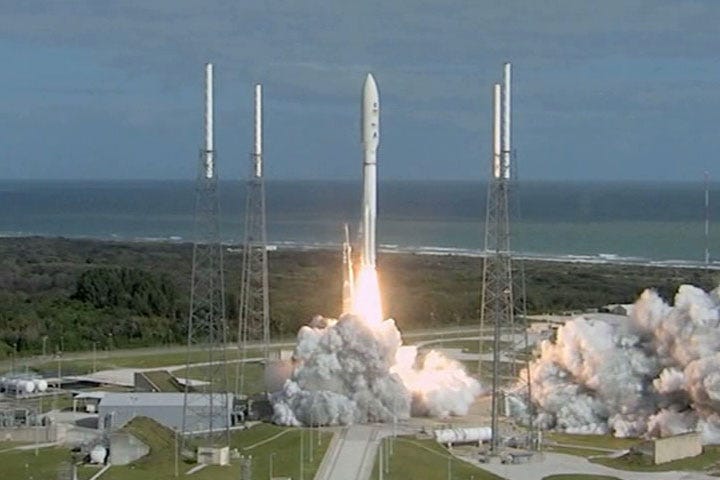
The initial launch is a very hard part right now. It takes a tremendous amount of resources to overcome the Earth’s gravitational pull, to accelerate a significant amount of mass to the Earth’s escape velocity, and to raise it all the way up through the Earth’s atmosphere. These things must happen all together, and this is why we talk about our dream of having a space elevator, so that we might someday be able to easily and reliably avoid wasting so much energy and fuel simply rising above the atmosphere.
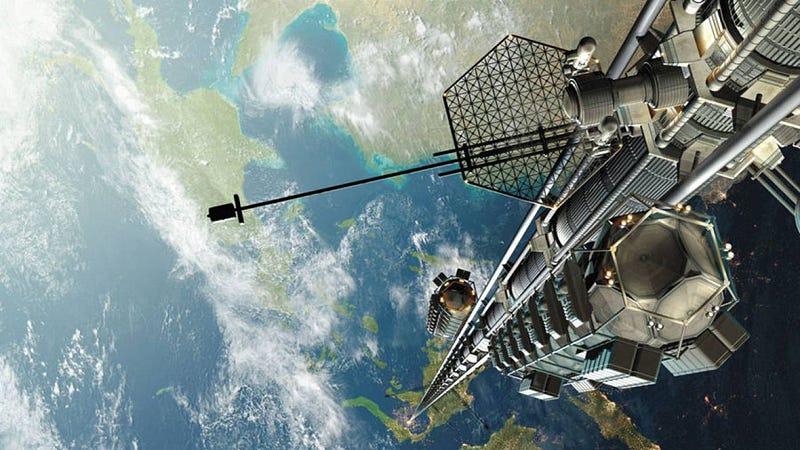
Until that becomes a reality, however, it’s going to have to be rockets. And that part’s not so hard; it’s just expensive for the massive payload(s) we need to get into space if we hope to reach another planet.
Now, when we talk about a manned mission to Mars, there are a few different plans out there. The most optimal one for a one-way trip to Mars, for those of you wondering, that minimizes both flight time and the amount of energy needed, involves simply timing your launch right.

There’s an approximately two-month-long launch window that occurs every 780 days, where Earth overtakes Mars in its orbit, where the time-of-flight to Mars is only about 243 days: 8½ months. The tough part is, once you’re on your way, you’re moving at incredible speeds, and you’re not carrying a lot of fuel on board to correct your trajectory.
Why not?
Because every extra kilogram of fuel you carry means it’s that much more expensive to launch your rocket, and it also means there’s that much less storage room and capacity to devote to food, water and other supplies. As a consequence, there’s that much less room-for-error. If the infamous Apollo 13 mission hadn’t planned on landing on the Moon, lifting off to reconnect with the command module, and return to Earth, they never would have had enough fuel to make the necessary course corrections to get themselves back home.
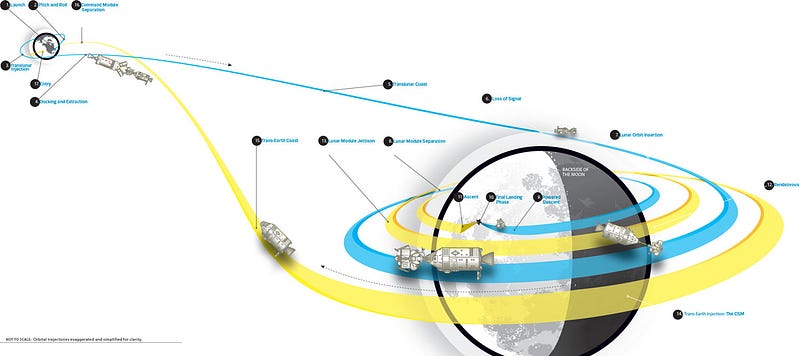
If you’re on your way to Mars, and you all-of-a-sudden decide you have to get back to Earth, using your on-board fuel to change your course and head back home simply wouldn’t be an option: fuel-wise, it’s too expensive. In other words, Joan, to answer one of your questions, if it was radiation that was killing you — something we may have to worry about, as we’ve never had humans spend large amounts of time this far away from Earth’s protective magnetic field — you’re simply going to die.
But if time wasn’t an issue, because you had the food, water and supplies you needed to survive, and you had all the fuel you needed to get yourself to Mars, you’d have a chance to return home. This could be of vital importance for a mission like the one you allude to — Mars One — because the way it’s currently planned, it’s a suicide mission.
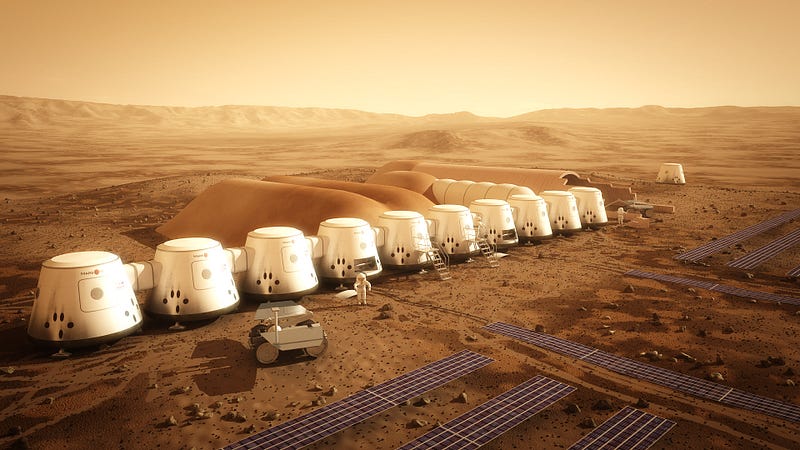
When you go from an inner planet (Earth, for example) to an outer one (like Mars), you need to perform a Hohmann transfer, which basically means you need to boost your velocity by the right amount at the right time to increase your distance from the Sun, while simultaneously achieving the right final velocity to encounter your destination planet. Under “landing” circumstances, you’d perform another velocity change to begin descent into the destination planet’s atmosphere, and that’s what we’d plan for if we attempted to land on Mars.
In fact, we’ve done this successfully a number of times!

But what if we needed to abort, and wanted to return home? There’s a fantastic effect that I spoke of earlier: using a planet’s gravity to change a spacecraft’s trajectory. That is, to change both its direction and also its speed!
You might think of the conservation of energy, and you might wonder how this is possible. After all, for every action, there’s an equal-and-opposite reaction, so how can we simply have a planet and a spacecraft interact gravitationally, and get a spacecraft moving at such a different velocity? The answer is that we have a third body as well: the Sun!
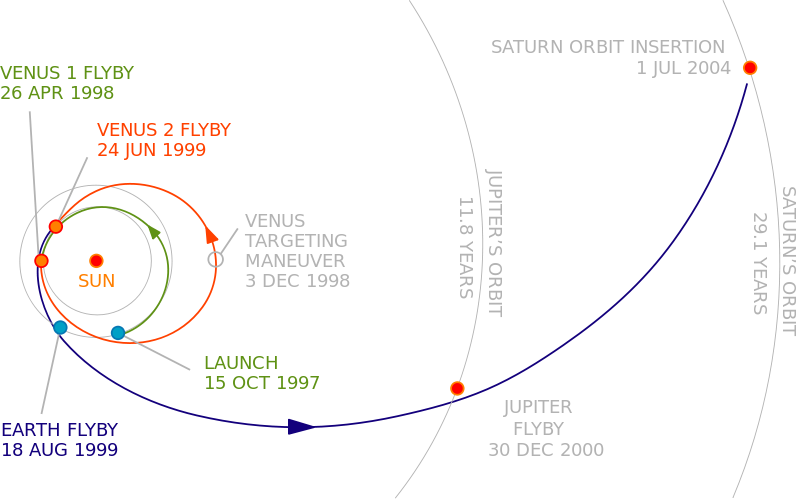

When a planet orbits the Sun, there’s a lot of energy in that system, both gravitational energy and kinetic energy. When a third body interacts gravitationally as well, it can either gain some energy by stealing it from the Sun-planet system, or it can lose energy by giving it up to the Sun-planet system. The amount of energy performed by the spacecraft’s thrusters is often only 20% (or less) of the energy either gained-or-lost from the interaction!
This is how spacecraft like NASA’s Messenger came to orbit the planet Mercury, by giving up so much energy in gravitational encounters, and how other spacecrafts like the Voyagers and Pioneers wound up on their way out of the Solar System!

So if you were on your way to Mars and wanted to come back, your only realistic option, with the expected amount of fuel you’d outfit your spacecraft with, would be to use the red planet’s gravity to turn yourself around back towards Earth, which would result in a total round-trip time of around 400-to-450 days. Without any interplanetary infrastructure, that’s the best you can hope for.

And while that’s not necessarily the answer you wanted, that’s the answer that the laws of gravitation combined with the limits of current technology allow. But take heart! The maximum lifetime radiation dose for a NASA astronaut is calculated at 1 Sievert, and even a 450 day round-trip, all the way out to Mars, would only be 0.66 Sieverts. So this likely won’t be the limiting factor, but until manned missions to Mars get serious about long-term survival, you won’t catch me signing up anytime soon. A year in the Arizona desert was as close as I ever want to come to setting foot on Mars!

If you realized it early enough, before you ever fired your thrusters to take yourself out of Earth’s orbit and towards Mars in the first place, you could simply make an ellipse and return home; this would be the ideal option if something went wrong on takeoff. If you’re planning on using gravity assists from Earth, you’d have a few chances before the final window closed on that option.
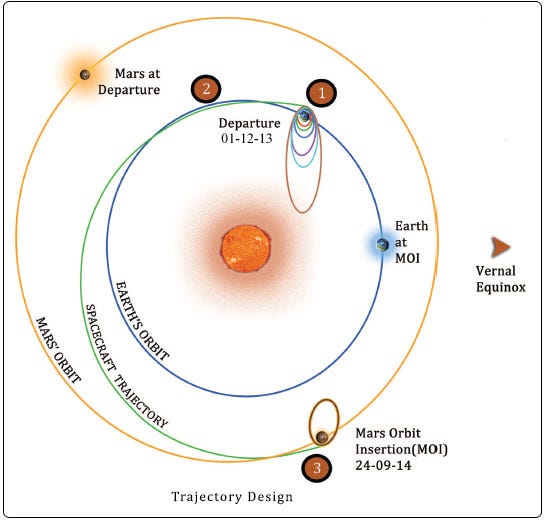
But much later than that, and you’re going to get a lot farther away before you have any hope of returning! Thanks for a great question, Joan, and if you want to have your question featured on the next Ask Ethan, send in your questions and suggestions here!
Leave your destroyed hopes and dreams — and other comments — here!





